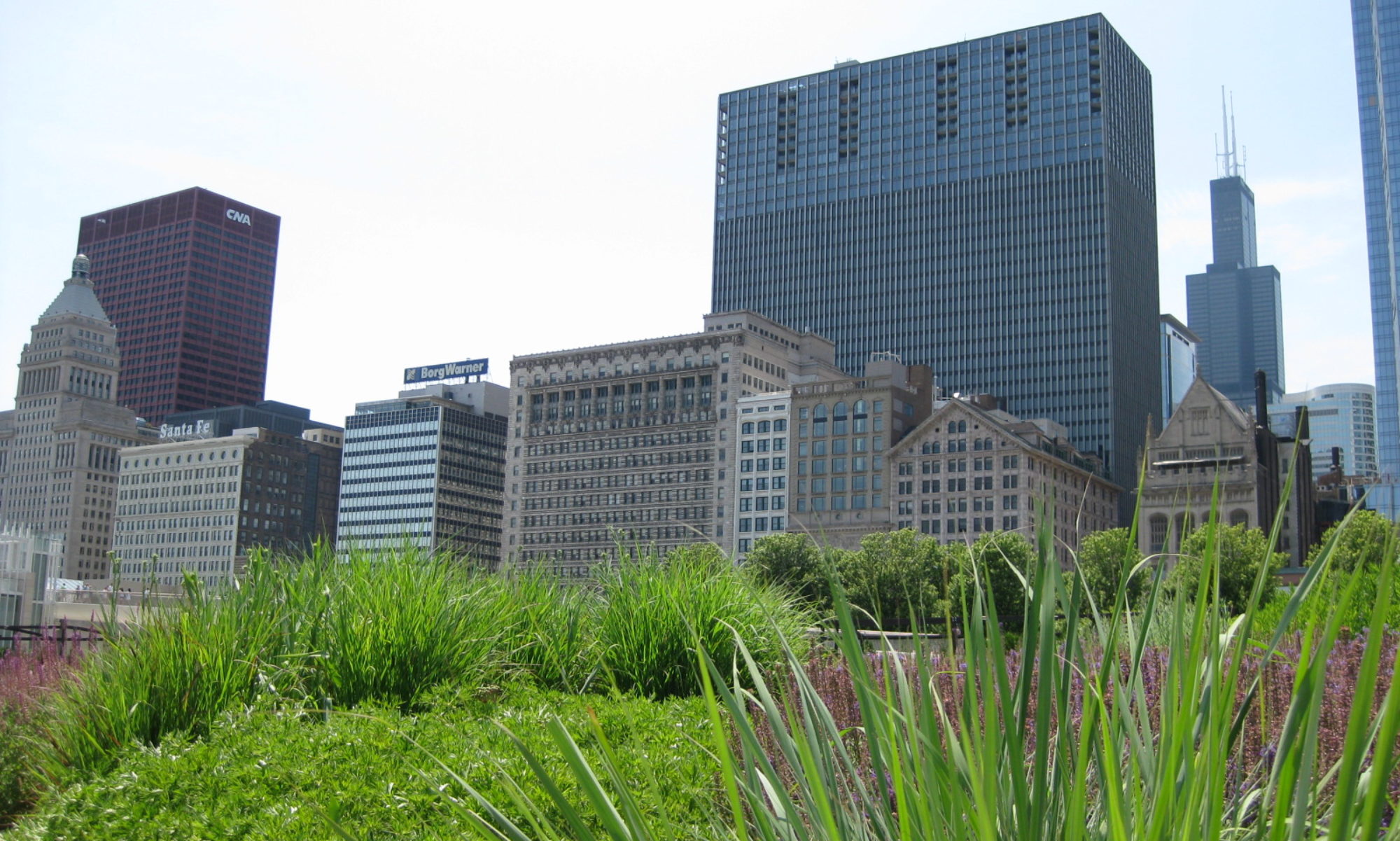I’ve been trying to start my new book project on the Kankakee-Des Plaines confluence, and when I was telling someone on campus about it, they asked if I’d read this book. My description of my project as being about the different layers of transportation and flow that have swept through this one particular Midwestern place made them think of Hoganson’s book on how the Midwest has always been global. Finally, I sat down to read it.

Kristin Hoganson is a history professor on our campus, and her main argument is that the “Heartland” myth of an interior, protected space within the North American continent that is isolated and unchanging belies that this has long been a lively, vibrant space intertwined with the wider world in many important ways. She notes that the “Heartland” moniker only came about during WWII, even though it relies on an understanding of this place as timeless and central to U.S. identity. She argues that it has actually been a dual borderland, both between east and west as the frontier of white settlement, and between north and south due to agricultural flows between Mexico, the U.S., and Canada.
I learned a lot about the place where I live from this book, because Hoganson bases her work on Champaign-Urbana. For example, I had no idea that this used to be a major center for raising cattle and hogs; we think of the corn-and-soybean landscape as having always been here, but in the late 1800s, cows and pigs were driven here from points further south and then fattened before final delivery to the stockyards, thanks to the Illinois Central. Beyond agriculture, the chapter on airspace discusses “flyover country,” wired and wireless communications, weather forecasting, early attempts to understand the ecology of birds, and early aviation and the development of Chanute Air Force Base.
I also had no idea that many of the Kickapoo people (some of the original inhabitants of this land) went to Mexico and their descendants remain there today. This was the best chapter of the book as far as I was concerned, arguing that “In affixing security to this particular place, the heartland myth has attached it to particular people, at the cost of detaching it from others.” The tension between the mobile lifestyle of the Kickapoo and the settled lifestyle of the settlers is well-known, especially in terms of its implication for the land, but Hoganson takes it farther by discussing the multiple times the Kickapoo were displaced, including across the Mexican border.
One reason for this specific choice of place, of course, is the ease of conducting research when you live near the archives you need. Hogan argues that since “no single place in the heartland could serve as a microcosm for such a vast and variegated whole,” “Champaign seems as good a starting point as any” (p. xxv). And the book is definitely based on this singular place, though it expands outwards as needed to incorporate Champaign County or east-central Illinois as a whole.
However…I’m not convinced. True, other cities in central Illinois are atypical in their own ways: Springfield as the state capital, Decatur as the headquarters (until recently) of ADM, Bloomington-Normal as the headquarters of State Farm Insurance, etc. But to use a city with a major research university to argue that it’s surprising how global this place actually is concerns me. And then, Hoganson undermines her entire argument about how the heartland isn’t that insular and isolated with the story of an international student who arrived on campus from India in 1906 and said, “The general outlook of the students…was extremely narrow and parochial in this Middle West University. There was nothing of the freedom of mind and spirit of adventure which is generally associated with Universities” (p. 186-7).
Now, Hoganson argues that this does not mean the heartland was isolated, since there was all of this international contact taking place. But it brings to mind life in 2020 in Champaign, where increasing numbers of international students moving to town mean we have more bubble tea shops and international grocery stores, but also suspicious locals complaining about foreign drivers and writing into the local paper about the need to test Chinese students for COVID-19. We are globally-connected here, but those very connections are seen as a threat by people who have a few generations’ history on this land. Hoganson addresses this to some extent when she discusses how hogs were prized for their origin if they were from Britain, but not if they were from Mexico. But I would argue that a place which comes into contact with distant places without really engaging with them, is, in fact, a place that is isolated and inward-looking.
At any rate, the book is very readable and provides an interesting model for the same kind of broad-ranging study on a specific place that I want to do myself, including the “archival traces” at the end of each chapter that highlight key quotations from the archives to illustrate points in the chapter. The writing style is straightforward and non-jargony (it’s from Penguin, after all), and there’s a ton of illustrations. I would get into more detail about the notion of “place” and the relationship to transportation and mobility, but then, I’m a geographer and not a historian!
